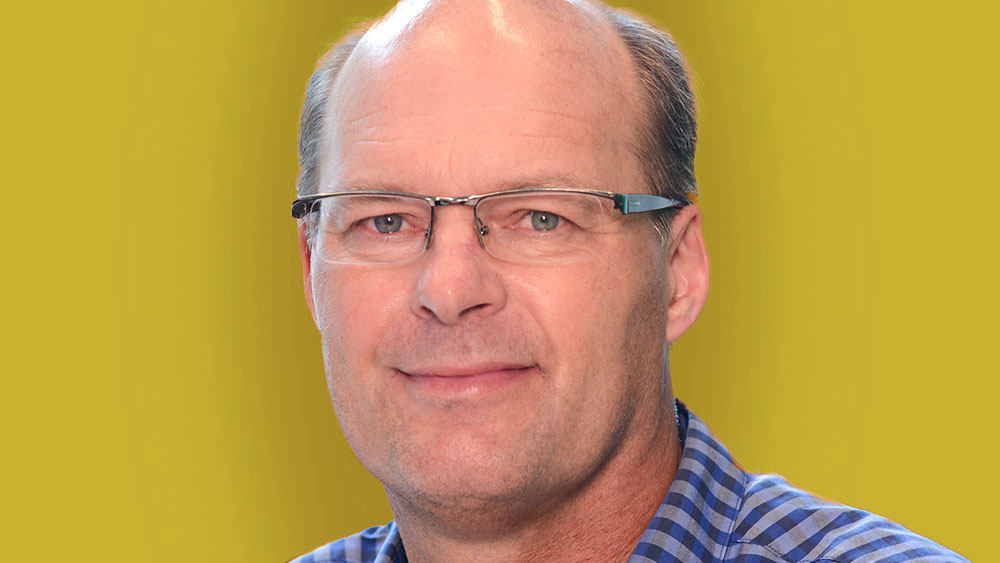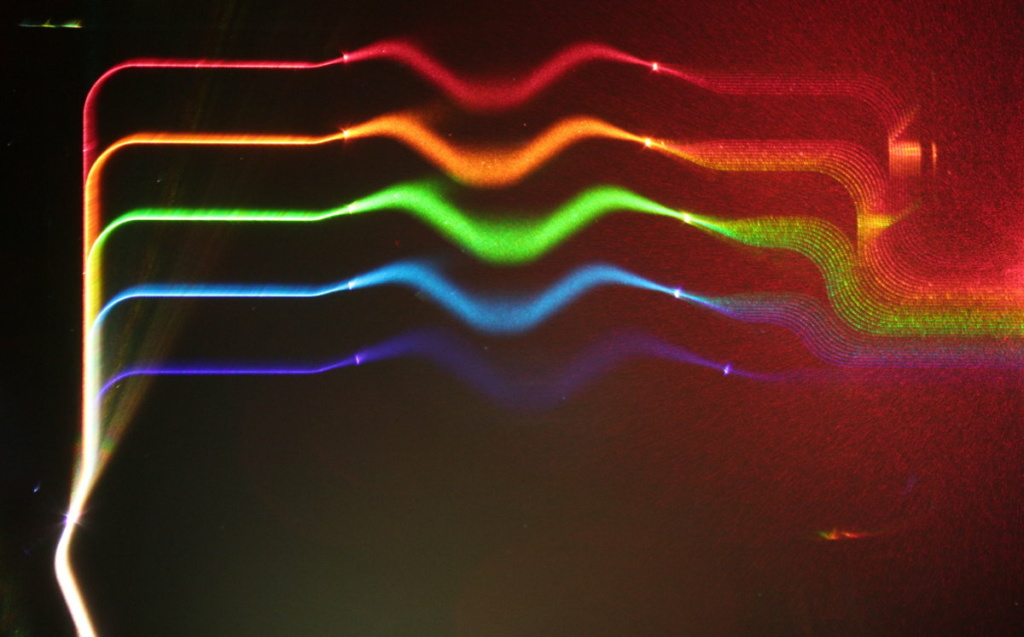Your cart is currently empty!

The curse of the perfect simulation
IC designers allow themselves to be enslaved by their design tools. Time for them to free themselves, says Bram Nauta.
There was a time when designing an opamp meant grabbing a pencil, a calculator and a healthy dose of courage. You’d sketch a topology, estimate gain and bandwidth, and hope your intuition was correct. Simulations? Sure, they existed – but they were slow, clunky and often wrong. Layout-versus-schematic verification didn’t exist and hand calculations were used for parasitic extraction. Complex circuits were first built on breadboards, with real components. Yet somehow, chips got made. And they worked.
Fast-forward to today. Chips are being designed behind at least six high-resolution monitors, with near-infinite computing power around the corner. After several mouse clicks in a menu, an impressively complex simulation starts. Periodic steady state, electromagnetic, mixed-mode Verilog – whatever you like, it’s all there. Faster than I can pour a fresh mug of coffee, the results already splash over the screens. Again and again, day in day out. Simulations have been degraded to computer games, and the tools encourage this trial-and-error. And it’s a good business for the tool makers, by the way!
Today, every parasitic, mismatch and thermal effect can be modeled, predicted and visualized in amazing detail. Students now design entire chips without ever touching a breadboard. They simulate, optimize and re-simulate until the circuit is flawless. And then … it doesn’t work.
Why? Because reality is messy. Transistors don’t behave like their models. Layout introduces quirks no simulator can foresee. We really need to simplify, make things understandable and be able to follow our intuition. The simulator is there to confirm (or disconfirm) our intuition.
I’ve seen brilliant students paralyzed by simulation results. They tweak parameters endlessly, chasing decimal points of improvement, afraid to commit to a design that isn’t “perfect.” But perfection is a myth. The best designers I know embrace uncertainty. They build, break and learn. They understand that a circuit is more than its Spice netlist – it’s a living thing, shaped by physics, layout and experience.
Simulation is a tool, not a religion. It should serve the designer, not enslave them. So here’s my plea: bring back the art of guessing. Sketch circuits on napkins. Start with understanding your concepts. Simulate using ideal transconductors, amplifiers, switches and capacitors. Check those simulations with your own intuition and hand calculations. Understand where the limitations are and explore where there’s room for improvement before drawing a single transistor. This way, you can train your intuition. It will take many years, but you will benefit from that. Go to the shop, buy some components and build ugly prototypes. Trust your gut. And when the simulator says “no,” ask yourself: is it wrong, or am I?
Because in the end, the curse of perfect simulation is that it makes us forget how imperfect – and beautiful – real design truly is.


